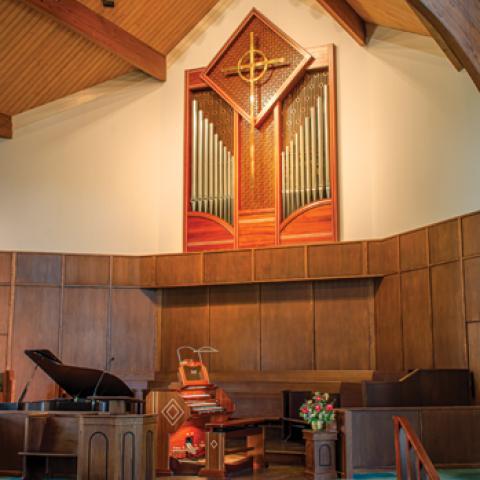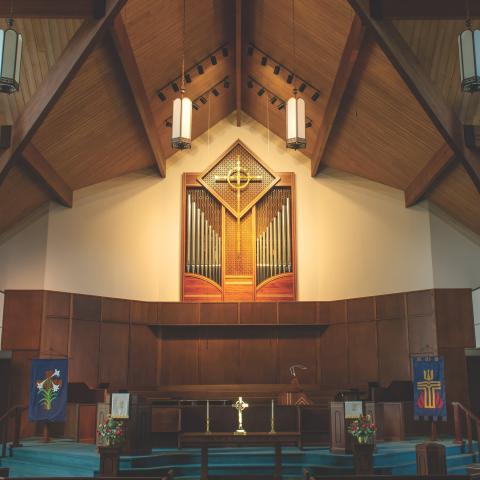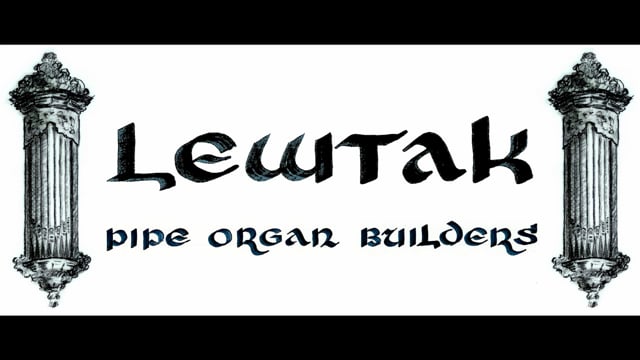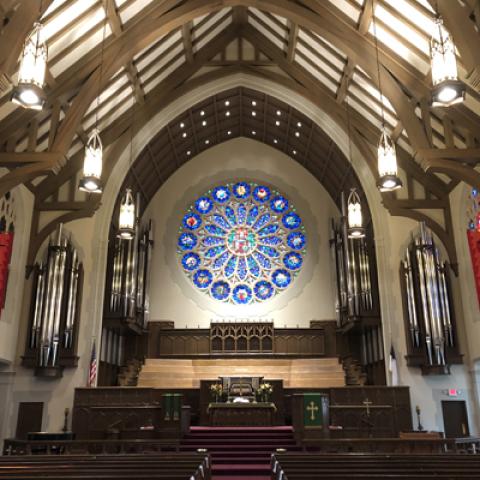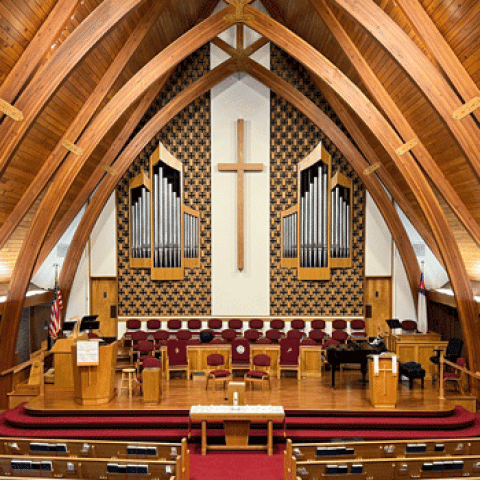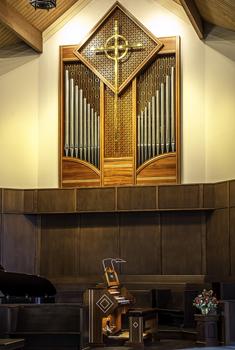
Seven Oaks Presbyterian Church in Columbia, South Carolina, will present the dedicatory recital for its newly installed Lewtak organ in October.
The program, Pipes of Praise, will include music from across the centuries from Bach to Bock. Dr. Lloyd Pilkington, Director of Music Ministries, will present the program.
The new Lewtak organ comprises 24 stops, 24 ranks, 1,331 pipes across two manuals and pedal.
For information:
https://www.sopc.net/
www.lewtak.com

